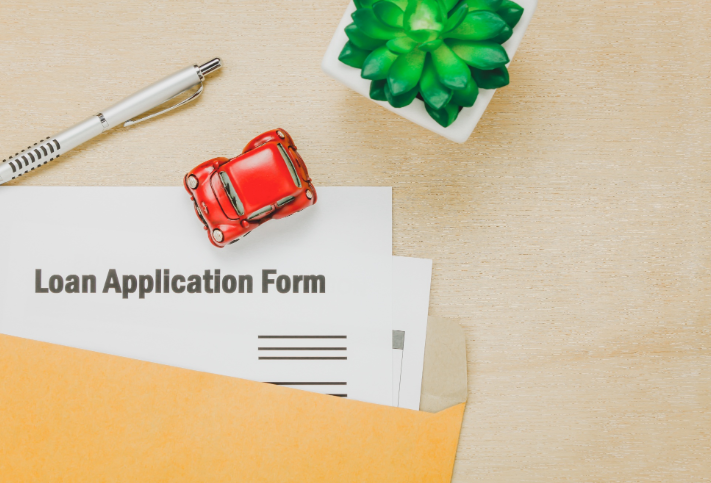In 2024, the financial landscape continues to evolve, but one thing remains constant: the importance of a no-dues certificate. Whether you are closing a loan, switching banks, or maintaining a clean financial record, obtaining this document is essential. This article will guide you through obtaining a no-dues certificate from your bank, highlighting the importance of the no-due certificate format and how it affects your loan eligibility.
What is a No-Dues Certificate?
A no-dues certificate, also known as a no-objection certificate (NOC), is a legal document issued by a bank or financial institution stating that you have no outstanding dues with them. It proves that you have repaid all loans or dues in full and that the bank has no claims against you.
Importance of a No-Dues Certificate
- Proof of Repayment: This certificate is official proof that all your dues with the bank have been settled. It is crucial when closing a loan account to ensure that there are no future disputes regarding unpaid amounts.
- Improving Loan Eligibility: Having a no-dues certificate can positively impact your loan eligibility. When you apply for new loans, lenders often look at your financial history. A no-dues certificate shows you have a good repayment record, increasing your chances of securing new loans.
- Clearing Credit Records: A no-dues certificate helps in clearing your credit records. It ensures that the closed loan is updated as ‘paid’ in your credit report, essential for maintaining a good credit score.
Steps to Obtain a No-Dues Certificate
- Complete the Repayment: Ensure all your dues, including the principal amount, interest, and penalties, are fully paid. This is the first and foremost step to obtaining a no-dues certificate.
- Request the Certificate: After settling all dues, you must request the bank issue a no-dues certificate. This can be done by visiting the bank branch, through a written application, or via online banking if the facility is available.
- Provide Necessary Documents: Submit all the necessary documents, such as loan closure receipt, identity proof, and account details. Ensure that all documents are up-to-date and accurately filled.
- Follow Up: After submitting the request, follow up with the bank to ensure the application is processed. Banks usually take a few days to verify and issue the certificate.
- Receive the Certificate: Once processed, the bank will issue the no-dues certificate. Ensure that the certificate follows the correct no-dues certificate format and contains all essential details, such as your name, loan account number, amount cleared, and the date of issuance.
Critical Components of a No-Dues Certificate Format
To ensure that your no-dues certificate is valid and serves its purpose, it should include the following components:
- Borrower’s Name: Your full legal name as per the bank records.
- Loan Account Number: The specific account number related to the loan.
- Amount Cleared: Total loan amount repaid, including interest and penalties.
- Date of Clearance: The date on which the loan was fully repaid.
- Bank’s Declaration: A statement from the bank declaring that all dues are settled.
- Bank’s Seal and Signature: The official seal and authorized signature from the bank.
Common Issues and How to Resolve Them
- Discrepancies in Records
If there are any discrepancies in the repayment records, immediately bring them to the bank’s attention with supporting documents. This could include payment receipts and bank statements.
- Delayed Issuance
If the bank delays issuing the no-dues certificate, follow up regularly and escalate the matter to higher authorities within the bank if necessary.
- Incorrect Format
Ensure that the certificate adheres to the standard no-due certificate format. If you notice any errors, request corrections before accepting the document.
Conclusion
Obtaining a no-dues certificate in 2024 is straightforward, provided you follow the correct steps and ensure all dues are cleared. This document is invaluable for maintaining a clean financial record and enhancing your loan eligibility for future borrowing. By understanding the importance of the no-due certificate format and how to request it, you can ensure that your financial dealings are transparent and well-documented. Keep a copy of your no-dues certificate for future reference and peace of mind.


